Regions of Panama, a narrow isthmus connecting North and South America, is a country rich in biodiversity, cultural diversity, and economic significance due to the Panama Canal. Divided into ten provinces and three indigenous territories, each region contributes to the nation’s unique tapestry. In this comprehensive overview, we will delve into the provinces, their capitals, and the distinctive features that define Panama’s character, from its tropical rainforests to its bustling urban centers.
1. Bocas del Toro
Capital Bocas del Toro
Highlights
– Bocas Town A vibrant hub with colorful Caribbean-style houses, restaurants, and shops.
– Bastimentos National Marine Park A protected marine area with diverse marine life, coral reefs, and mangroves.
– Red Frog Beach A pristine beach known for its red poison dart frogs and white sand.
Overview
Bocas del Toro, located in the western part of Panama, is an archipelago known for its natural beauty and Caribbean flair. The capital, Bocas del Toro, often referred to as Bocas Town, is a lively and colorful hub with Caribbean-style houses lining the waterfront. The town offers a relaxed atmosphere, vibrant nightlife, and a variety of water-based activities.
Bastimentos National Marine Park, encompassing parts of the archipelago, is a protected area known for its diverse marine ecosystems, including coral reefs and mangroves. Red Frog Beach, situated on Isla Bastimentos, is a popular destination with white sand and vibrant red poison dart frogs, adding a unique touch to the tropical paradise.
2. Chiriquí
Capital David
Highlights
– Boquete A mountain town known for its cool climate, coffee plantations, and outdoor adventures.
– Volcán Barú The highest peak in Panama, offering hiking opportunities and panoramic views.
– La Amistad International Park A UNESCO World Heritage Site with diverse ecosystems and hiking trails.
Overview
Chiriquí, located in western Panama, is a province characterized by its diverse landscapes, from highland mountains to lowland plains. The capital, David, is a bustling city with a mix of commerce and agriculture. The province is known for its vibrant markets, where visitors can explore local produce and crafts.
Boquete, a mountain town in Chiriquí, is famous for its cool climate, coffee plantations, and outdoor activities. Volcán Barú, the highest peak in Panama, offers hiking opportunities, and reaching the summit provides panoramic views of both the Pacific and Atlantic Oceans. La Amistad International Park, a UNESCO World Heritage Site, spans the border with Costa Rica and protects a vast area with diverse ecosystems and hiking trails.
3. Coclé
Capital Penonomé
Highlights
– Penonomé The provincial capital with a mix of historic and modern attractions.
– Playa Blanca A stunning white-sand beach along the Pacific coast.
– El Valle de Antón A picturesque mountain town with a cool climate, hot springs, and a market.
Overview
Coclé, located in central Panama along the Pacific coast, is a province known for its beaches, mountains, and cultural heritage. The capital, Penonomé, is a city with a blend of historic architecture and modern amenities. Visitors can explore the local market, churches, and nearby natural attractions.
Playa Blanca, a stunning white-sand beach, is a popular destination for sunbathing and water activities. El Valle de Antón, nestled in the mountains, is a picturesque town with a cool climate, hot springs, and a market where visitors can find local crafts and fresh produce.
4. Colón
Capital Colón
Highlights
– Portobelo A historic town with well-preserved forts and colonial architecture.
– Gatun Locks Part of the Panama Canal, where visitors can witness the passage of ships.
– Isla Grande A Caribbean island with beautiful beaches and coral reefs.
Overview
Colón, located on the Caribbean coast, is a province with historical significance and economic importance due to its connection to the Panama Canal. The capital, also named Colón, is a major port city with a mix of commercial and historic areas.
Portobelo, a historic town in Colón, is known for its well-preserved forts and colonial architecture, reflecting its past as a key port during the Spanish colonial era. Gatun Locks, part of the Panama Canal, provides a fascinating opportunity for visitors to witness the passage of ships through the canal.
Isla Grande, a Caribbean island off the coast of Colón, attracts visitors with its beautiful beaches and coral reefs, offering opportunities for snorkeling and relaxation.
5. Darién
Capital La Palma
Highlights
– Darién National Park A UNESCO World Heritage Site with diverse ecosystems and indigenous communities.
– Sambú A town known for its Afro-Latin culture and vibrant festivals.
– Gulf of San Miguel A coastal area with mangroves, beaches, and diverse wildlife.
Overview
Darién, located in the easternmost part of Panama, is a province known for its biodiversity, indigenous cultures, and the challenging Darién Gap. The capital, La Palma, is a gateway to the vast and ecologically rich Darién National Park, a UNESCO World Heritage Site.
Darién National Park is home to diverse ecosystems, including rainforests, mangroves, and rivers. It also houses indigenous communities that maintain traditional lifestyles. Sambú, a town in Darién, is known for its Afro-Latin culture, vibrant festivals, and traditional dances.
The Gulf of San Miguel, along the Pacific coast, is a coastal area with mangroves, beaches, and diverse wildlife, providing opportunities for eco-tourism and bird watching.
6. Herrera
Capital Chitré
Highlights
– Chitré The provincial capital with a mix of colonial and modern architecture.
– Azuero Peninsula A region known for its traditional festivals, crafts, and folk music.
– Playa El Agallito A tranquil beach along the Pacific coast.
Overview
Herrera, located on the Azuero Peninsula, is a province known for its rich cultural heritage, traditional festivals, and beautiful landscapes. The capital, Chitré, is a city with a blend of colonial and modern architecture, offering visitors a taste of local culture.
The Azuero Peninsula is renowned for its traditional festivals, including Carnival and Semana Santa (Holy Week), which showcase vibrant parades, music, and traditional dances. The region is also known for its crafts, including the production of Panama hats, and folk music.
Playa El Agallito, a tranquil beach along the Pacific coast, provides a peaceful retreat for those seeking sun and sea.
7. Los Santos
Capital Las Tablas
Highlights
– Las Tablas The provincial capital known for its lively Carnival celebrations.
– Pedasí A charming town with colonial architecture and nearby pristine beaches.
– Isla Iguana A protected island with white-sand beaches and
diverse marine life.
Overview
Los Santos, adjacent to Herrera on the Azuero Peninsula, is a province known for its cultural festivities, colonial architecture, and coastal beauty. The capital, Las Tablas, is particularly famous for its lively Carnival celebrations, attracting visitors from across Panama and beyond.
Pedasí, a charming town in Los Santos, features colonial architecture and serves as a gateway to nearby pristine beaches. Isla Iguana, a protected island off the coast, is known for its white-sand beaches and diverse marine life, making it a popular destination for snorkeling and nature enthusiasts.
8. Panamá
Capital Panama City
Highlights
– Panama City The capital and largest city, known for its modern skyline, historic Casco Viejo, and the Panama Canal.
– Amador Causeway A scenic road connecting four small islands with views of the city skyline and the canal.
– Ancon Hill A natural reserve with hiking trails and panoramic views of the city.
Overview
Panamá, the namesake of the country, is the province where the capital, Panama City, is situated. As the largest city in Panama, it serves as the economic, cultural, and political hub of the nation. Panama City is a dynamic metropolis with a modern skyline, historic districts, and iconic landmarks.
The historic Casco Viejo, a UNESCO World Heritage Site, is a charming district with colonial architecture, lively plazas, and a vibrant cultural scene. The Panama Canal, a global engineering marvel, is a must-visit destination, and visitors can learn about its history and operations at the Miraflores Locks Visitor Center.
The Amador Causeway, a scenic road connecting four small islands, offers stunning views of the city skyline and the entrance to the Panama Canal. Ancon Hill, a natural reserve within the city, provides hiking trails and panoramic views, making it a popular spot for outdoor enthusiasts.
9. Veraguas
Capital Santiago
Highlights
– Santiago The provincial capital with colonial architecture and cultural attractions.
– Coiba National Park A UNESCO World Heritage Site with diverse marine life and pristine beaches.
– Santa Catalina A beach town known for its surfing, diving, and proximity to Coiba Island.
Overview
Veraguas, located in central-western Panama, is a province with a mix of historical charm and natural wonders. The capital, Santiago, features colonial architecture, a cathedral, and cultural attractions.
Coiba National Park, a UNESCO World Heritage Site, is a marine reserve with diverse marine life, including sharks, turtles, and dolphins. The park encompasses Coiba Island, the largest island in Central America, and is a haven for nature lovers, snorkelers, and divers. Santa Catalina, a beach town on the Pacific coast, is known for its surfing, diving, and as a gateway to Coiba Island.
10. Ngäbe-Buglé
Capital Llano Tugrí
Highlights
– Ngöbe-Buglé Comarca An autonomous indigenous region with traditional villages and cultural richness.
– La Amistad International Park Shared with Costa Rica, it is a UNESCO World Heritage Site with diverse ecosystems.
Overview
Ngäbe-Buglé is an autonomous indigenous region in western Panama, known for its traditional villages and cultural richness. The capital, Llano Tugrí, is the administrative center of the Ngäbe-Buglé Comarca.
The Ngäbe-Buglé Comarca is home to the Ngäbe and Buglé indigenous peoples, and visitors can experience their traditional way of life, including artisan crafts, music, and dance. The region is also part of La Amistad International Park, a UNESCO World Heritage Site shared with Costa Rica, which protects diverse ecosystems and provides opportunities for eco-tourism and hiking.
Conclusion:
Panama’s provinces offer a diverse range of experiences, from the bustling urban landscapes of Panama City to the pristine beaches of Bocas del Toro and the cultural festivities of Las Tablas. The country’s strategic location, rich biodiversity, and cultural heritage make it a captivating destination for travelers seeking a blend of history, nature, and adventure.
Whether exploring the historic sites of Portobelo, hiking the trails of Volcán Barú, or immersing in the vibrant culture of the Azuero Peninsula during Carnival, each province contributes to the multifaceted identity of Panama. The indigenous territories, such as Ngäbe-Buglé, showcase the importance of preserving traditional ways of life and the coexistence of diverse communities.
As Panama continues to evolve as a global player and a tourism destination, its provinces stand as testament to the country’s commitment to preserving its natural wonders, celebrating its cultural diversity, and embracing its role as a bridge between continents. From the heights of the mountains to the depths of the ocean, Panama invites exploration and promises a journey filled with discovery and wonder.


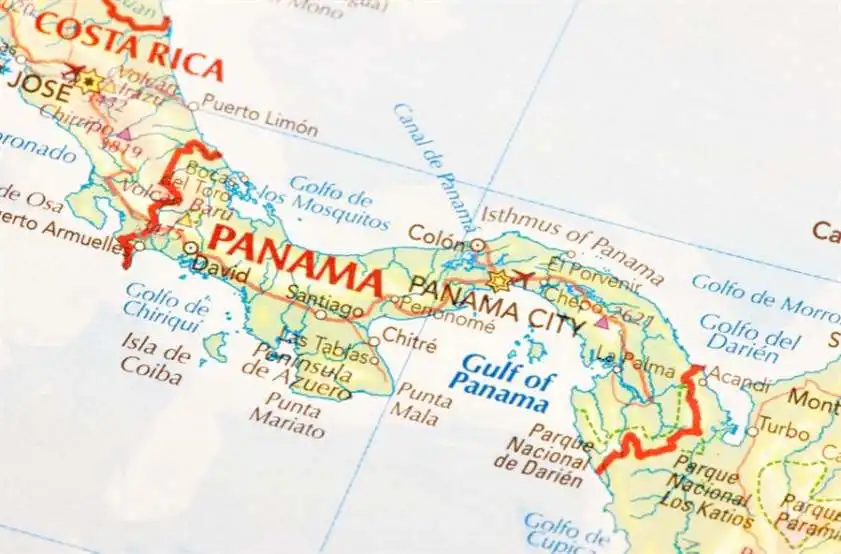
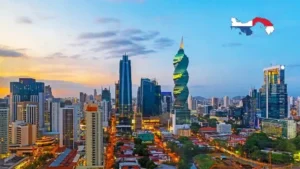
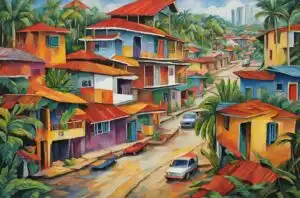
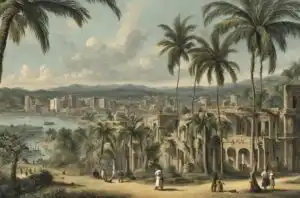



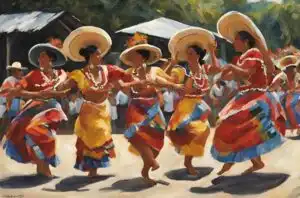
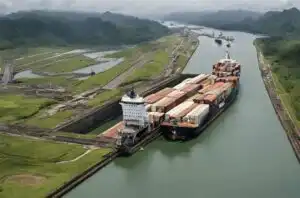

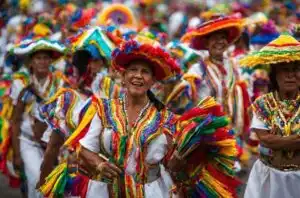



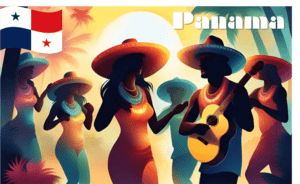







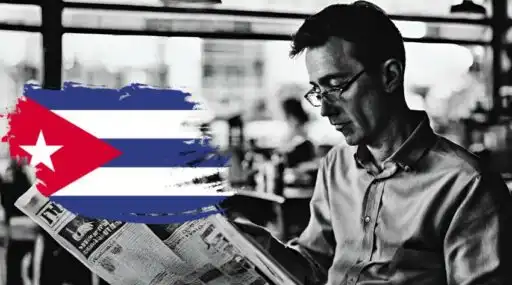
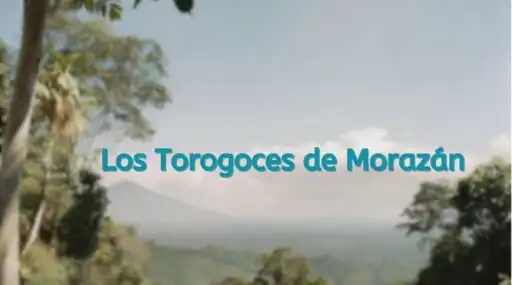


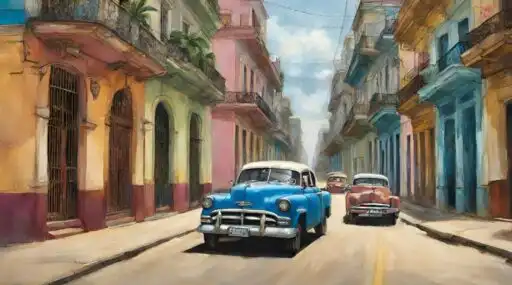

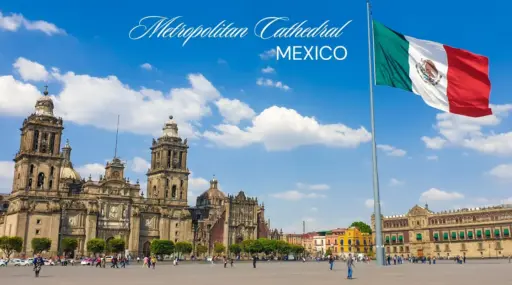


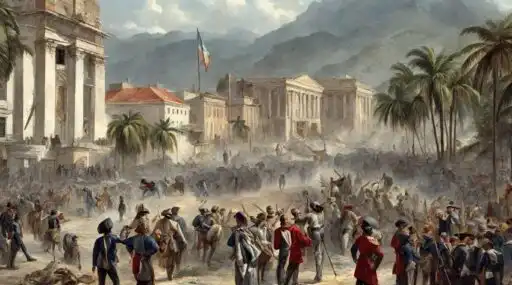



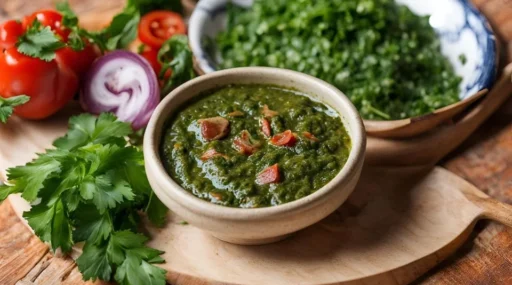
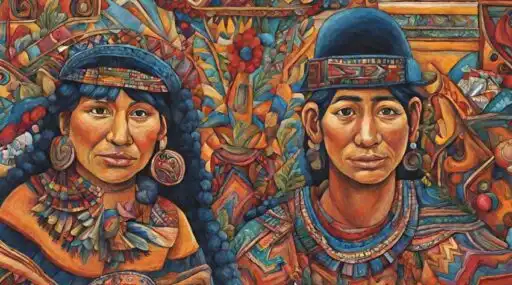

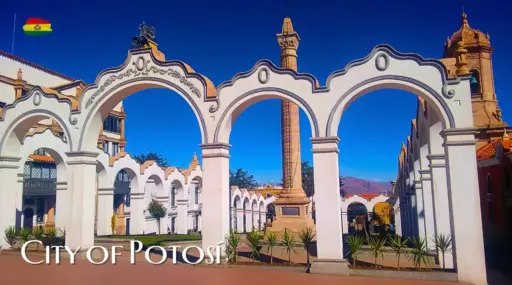

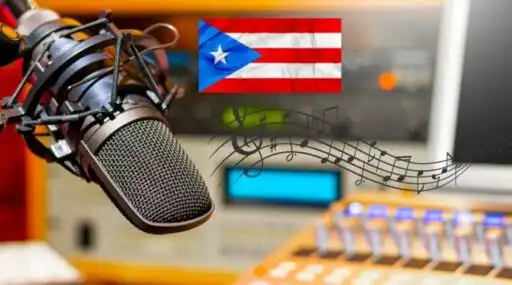
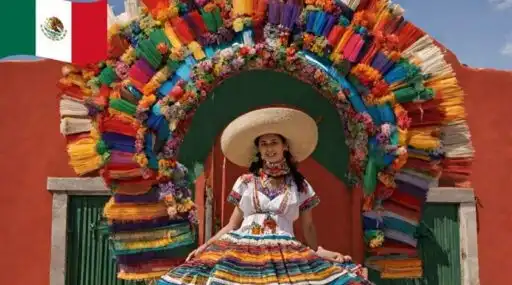


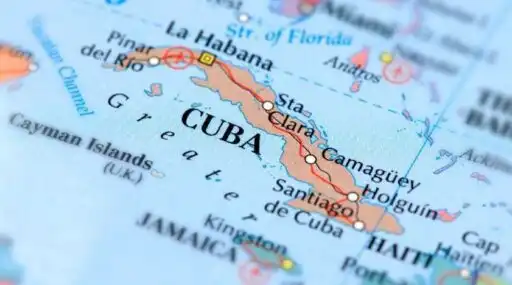
Leave a Reply